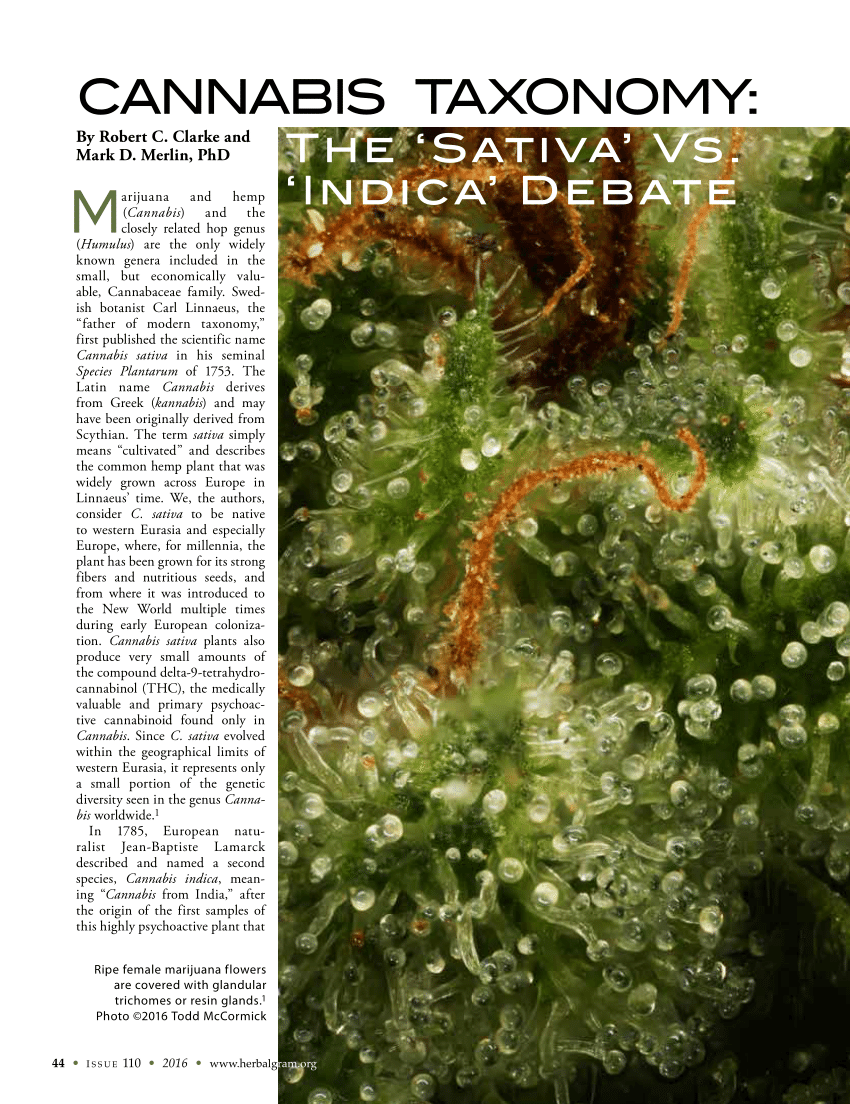Southernontariogrower
Well-Known Member
lve always wondered why my sativa dom cross breeds always have fat leaves, well after watching a video by Dr Bruce Bugbee of apogee instuments inc. I think it might be environmental. I dont live in a dry arid environment, thin leaved plants thrive in these environments as they disperse heat easier than fat leaved cousins. No need for that here. Elevation, humidity and temperature are all involved.
The next time you grow a fat leaved sativa you might know why it is what it is. Always thought it was something in the breeding, but now l know its about environment, cooler temps fatter leaves.
Some will dissagree but would like to hear your take on this too, lve been wrong so many times once more wont kill me. Thanks to those who add 2 cents ahead of time. Be safe and grow mòrè.
The next time you grow a fat leaved sativa you might know why it is what it is. Always thought it was something in the breeding, but now l know its about environment, cooler temps fatter leaves.
Some will dissagree but would like to hear your take on this too, lve been wrong so many times once more wont kill me. Thanks to those who add 2 cents ahead of time. Be safe and grow mòrè.

